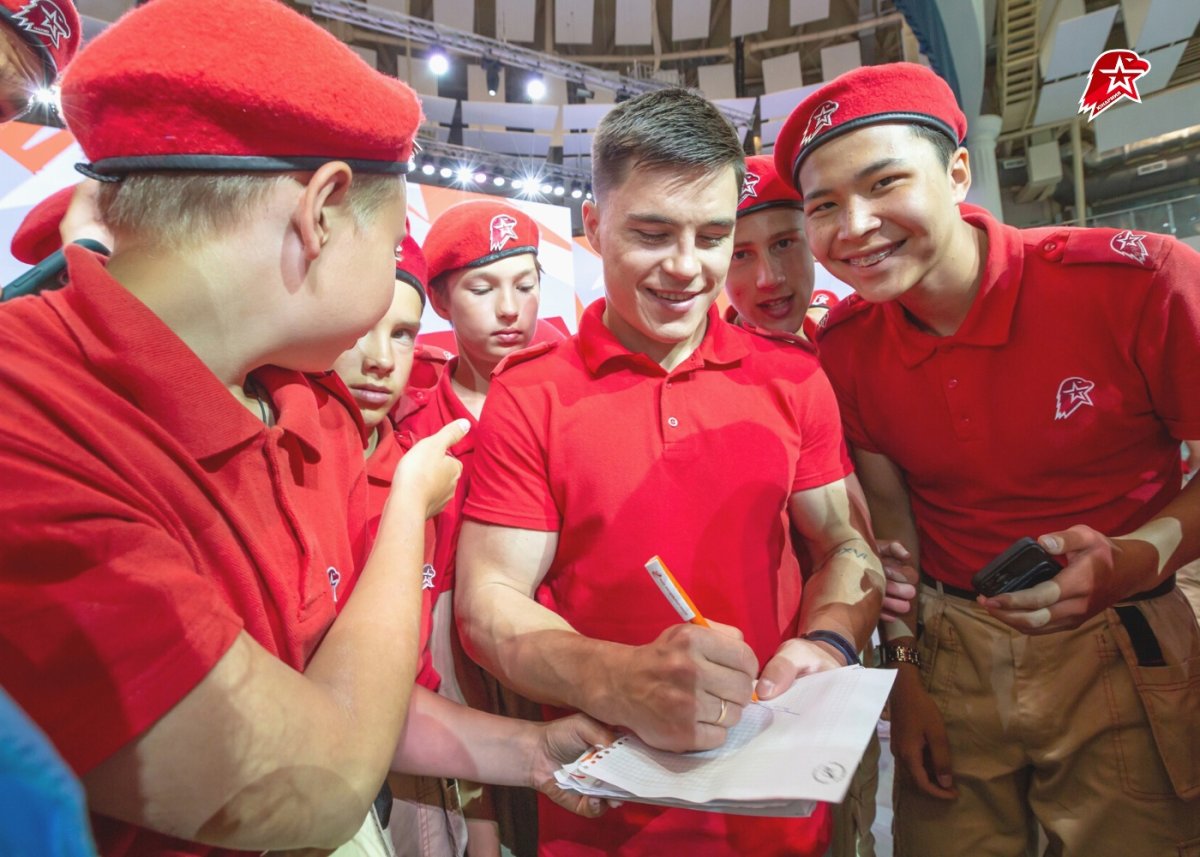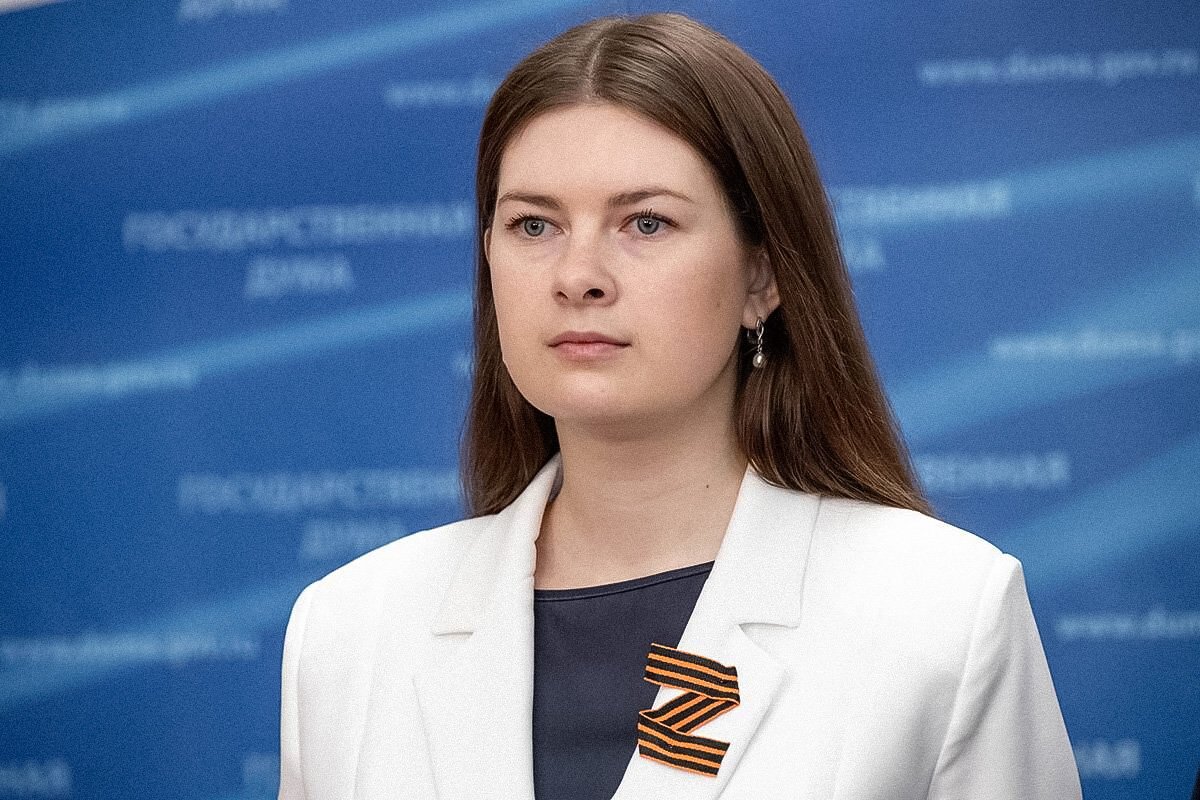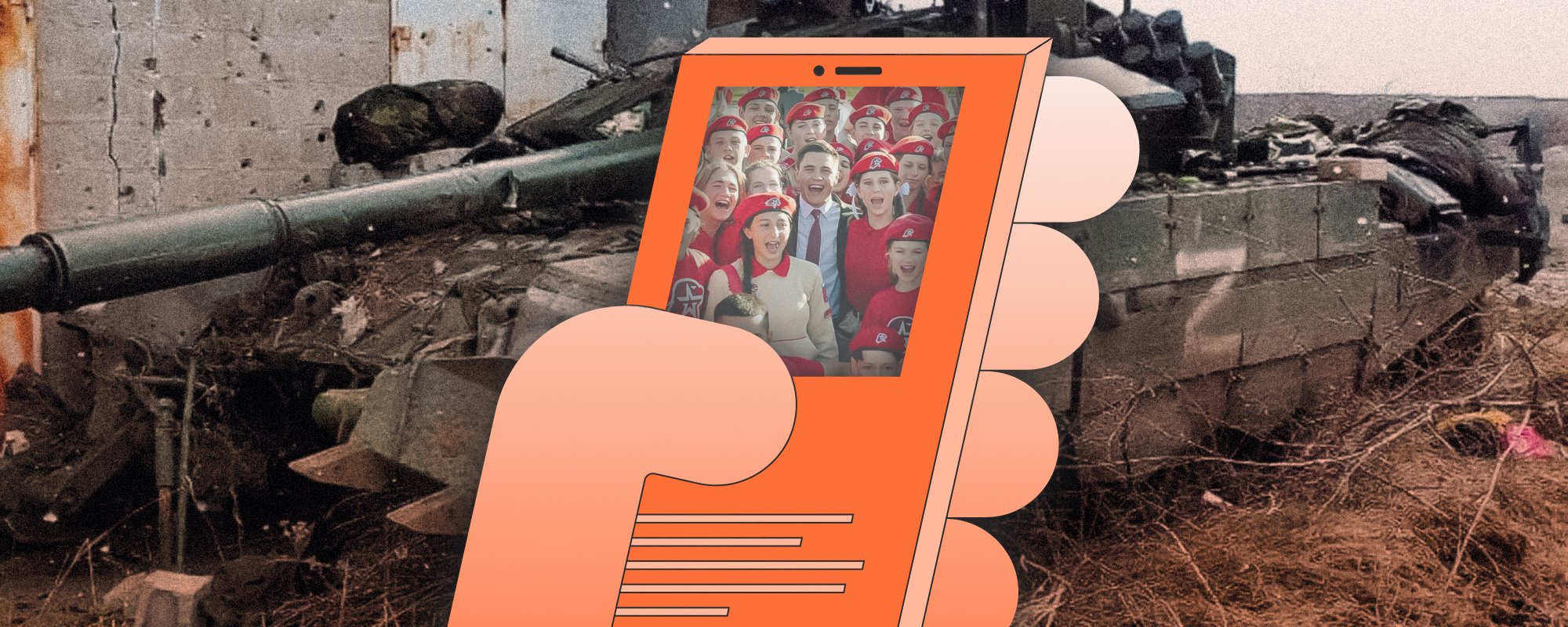
Ian Garner is assistant professor at the Centre for Totalitarian Studies at the Pilecki Institute, Warsaw. The author of

Allyson Edwards is a senior lecturer in Global Histories and International Relations at Bath Spa University. Her research focuses on Russian youth militarisation, patriotic education and political (ab)uses of historical memory.
Since the full-scale invasion of Ukraine in February 2022, the Russian state has dramatically escalated its efforts to shape the minds and loyalties of its youngest citizens. However, this battle for hearts and minds is not waged only on battlefields or through state-controlled television.
It also unfolds daily through carefully curated content shared on social media, where the state is able to engage young Russians with 24/7 messaging, participatory activities, and a stream of engaging content. The Kremlin is increasingly weaponizing everyday social interaction and digital culture to nudge young citizens into militarism—support for the military and Russia’s purported role as a defender against Western encroachment—while they are too young to realize what is at stake.
Since at least the early 2010s, the Russian state under Vladimir Putin has been recruiting and paying influencers — pop and rap stars, musicians, and other notable figures — to spread content online. Through its influencer program, the regime aspires to disseminate pro-Kremlin messaging throughout the
Influencers not obviously aligned with Putin’s regime spread occasional and subtle pro-state messages through their feeds. The strategy may not have conquered the pre-2022 generation, but it normalized sharing pro-state positions in unexpected places.
However, in recent research conducted on the Telegram social media platform, we have shown that the state has attempted to create a new type of influencer by re-imagining the feeds of openly pro-state and state-aligned leaders as fun, entertaining, and engaging places of purportedly open discourse and participation. Since 2022, the state’s influencer program has become more overt and more openly militaristic in its goals and content.
Examining over a thousand posts made by two social media influencers, Nikita Nagornyy and Olga Zanko, what we found is striking. Both Nagornyy and Zanko represent state-affiliated youth groups: Nagornyy, a 28-year-old Olympic gymnast with a legion of followers across social media platforms, headed the Youth Army (Iunarmiia) and now is a part of the ruling committee of Movement of the First; while 34-year-old Zanko, a Duma deputy since 2021, founded Victory Volunteers (Volontery Pobedy). Starting up Telegram feeds just before the invasion of Ukraine in 2022, each now reaches audiences in the thousands.

At first glance, their feeds appear benign. A wave of memes, selfies, interactive polls, and videos invite users to participate in the lives of Zanko and Nagornyy, whose every daily movement — from meetings with celebrities and politicians to glamorous dinners in restaurants — are detailed. But beneath the friendly façade lies a systematic effort to normalize militarization, sacrifice, and unwavering loyalty to the state. Young people are gently nudged toward attitudes and behaviours that mirror the Kremlin’s aggressive policies toward Ukraine and the West.
Nagornyy is particularly adept at harnessing social media influencer (SMI) techniques. A four-time Olympic medalist, Nagornyy blends celebrity appeal with patriotic messaging, effortlessly mixing inspirational athletic posts — Nagornyy doing somersaults in the gym, riding his bicycle through sunlit Russian roads, or sparring with martial artists — with subtle, yet potent, militaristic content. His Telegram feed frequently presents patriotic duties as lifestyle choices: sporting achievements and self-improvement seamlessly intertwined with patriotic symbolism.
For instance, followers are encouraged to participate in fitness challenges for their health and in order to emulate Nagornyy himself. Take part and they too can acquire the enviable body and social status of Nagornyy. But being part of the collective, as Nagornyy puts it, turns ordinary followers into
Olga Zanko lacks Nagornyy’s photogenic panache, relying instead on her status as a United Russia Duma deputy to lend authority and gravity to her patriotic appeals. Through posts laden with moral imperatives and emotional appeals, she explicitly frames patriotism around civic duty, collective sacrifice, and active participation in state-sponsored projects that purport to help displaced individuals from the Donbas.
In one Telegram post, Zanko praised a young Russian soldier named Dima, who spent his brief leave unloading humanitarian aid. This act, she emphasized, exemplifies
Both Nagornyy and Zanko urge their followers to engage in humanitarian initiatives supporting Russia’s actions in Ukraine, characterizing such involvement as spontaneous and altruistic. Yet the choices available are strictly confined within state-approved parameters.
Likewise, both influencers manipulate historical memory, especially regarding World War II, to reinforce loyalty and ideas of heroism. The state’s omnipresent references to the Great Patriotic War are echoed here as young people are encouraged to participate in memory projects like the distribution of St. George ribbons — now reshaped into the pro-war

Disturbingly, these Telegram channels portray militarized patriotism as inclusive, fun, and aspirational, yet they implicitly exclude anyone who might question or deviate from these rigid norms. Young people who do not participate, physically or digitally, in these patriotic rituals risk being implicitly categorized as outsiders or even — given the aggressively anti-
This binary framing — good patriots versus unpatriotic outsiders — serves to suppress any nascent resistance or independent thinking among Russian youth. The power of the crowd is manifested online in these spaces, where young people apparently see other young people striving to become
Russia’s youth militarization strategy via Telegram reveals an evolution of digital authoritarianism. The subtle but persistent messaging normalizes military ideals, making martial themes seem natural, benign, and even desirable. In doing so, it creates a climate in which actual military service, when inevitably demanded by the state, seems a logical or even desirable extension of patriotic duties established in childhood.
Russia’s digital influence strategies do not merely extend the reach of propaganda — they aim to actively reshape young people’s identities, embedding authoritarian values into daily life. By blurring the boundaries between voluntary civic engagement and compulsory patriotism, suffusing its propaganda with a seemingly collapsed hierarchy where the language and aesthetics of online youth culture are deployed as tools of indoctrination, the state robs young Russians of genuine political agency and autonomy.
The fight for human rights in Russia today thus involves countering not just overt repression or highlighting abuses but tackling the insidious erosion of freedom through digital propaganda. The Telegram feeds of Nagornyy and Zanko illustrate a powerful mechanism of state control. By exposing and analyzing these strategies, we can better support Russia’s youth by exploiting the country’s relatively open digital space to offer alternative visions of civic engagement, critical thought, and genuine freedom.



 Download PDF version
Download PDF version